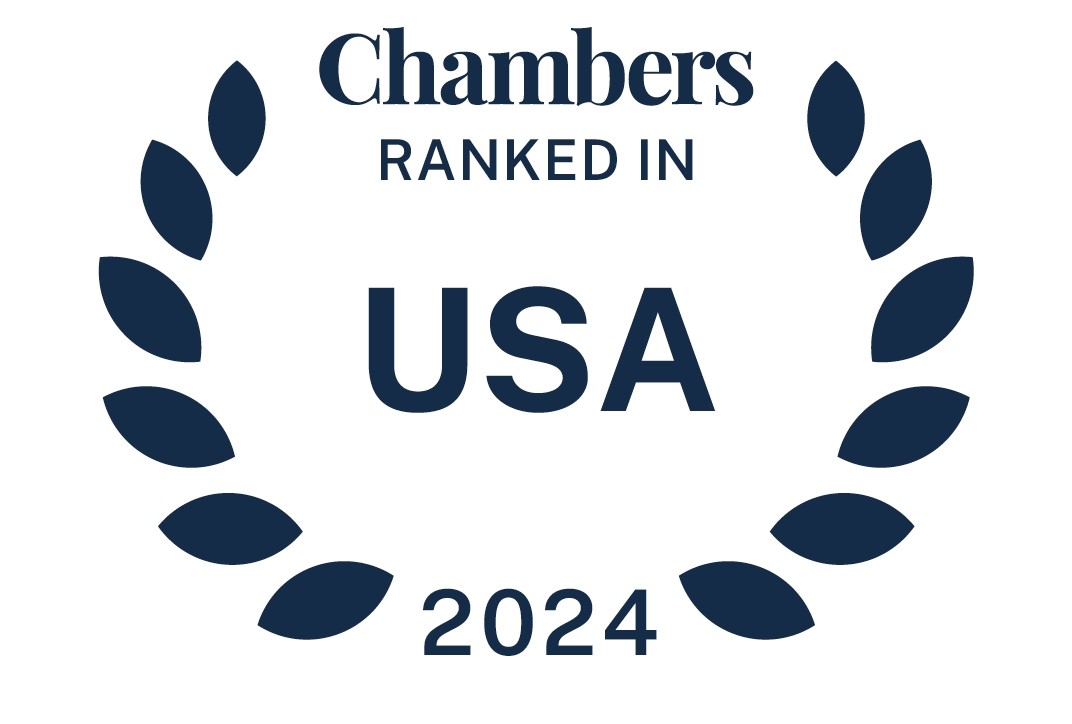On May 9, 2014, the Internal Revenue Service finalized regulations that govern the tax treatment of payments made by retirement plans to pay accident or health insurance premiums. Under the final regulations, accident or health insurance premium payments by qualified defined contribution plans are taxable distributions to the participant unless those payments are used to pay premiums for disability insurance that replace retirement plan contributions for disabled employees. The regulations apply for tax years beginning January 1, 2015, although taxpayers may elect to apply them to earlier years.
read more


 Subscribe
Subscribe




